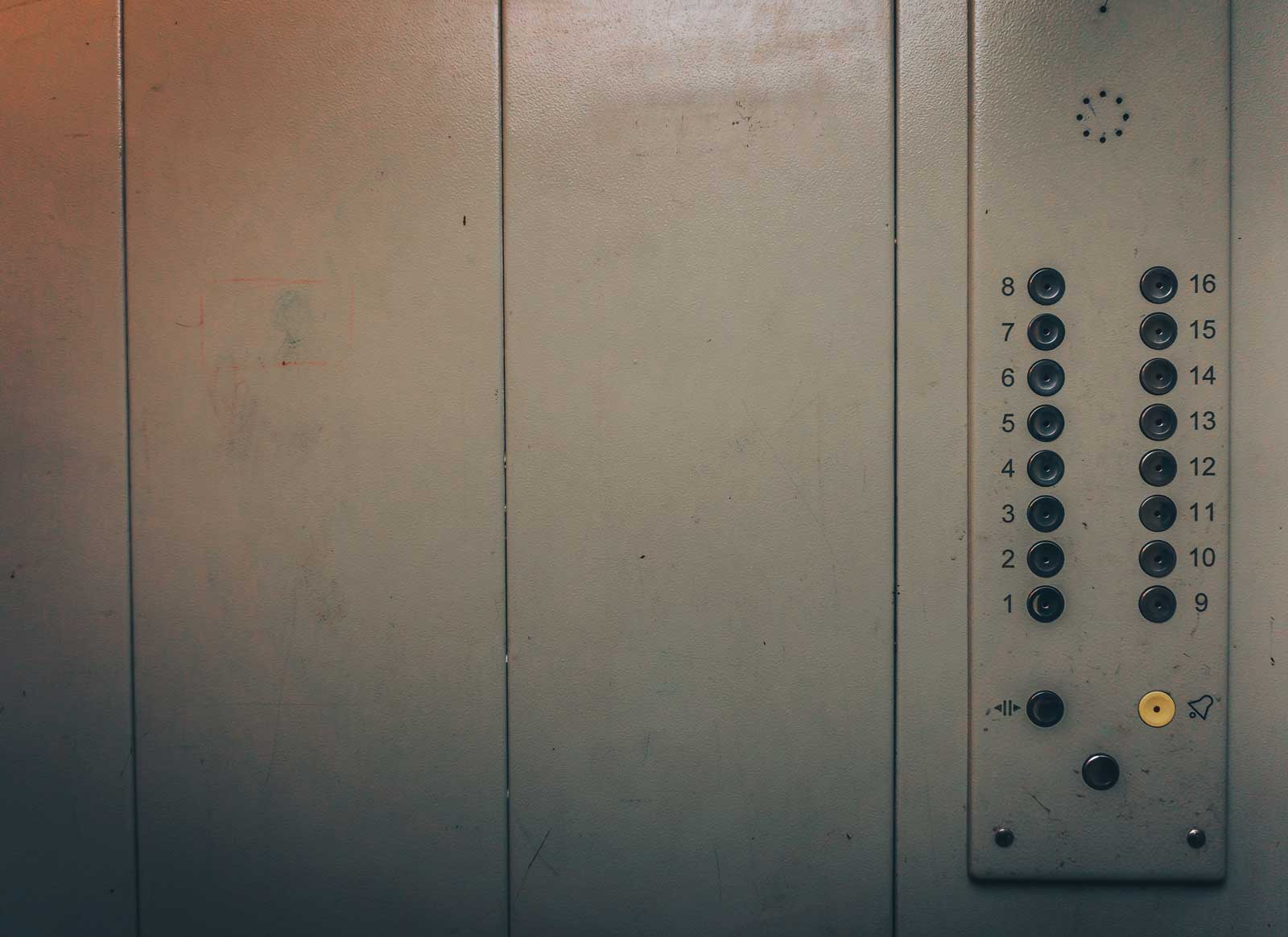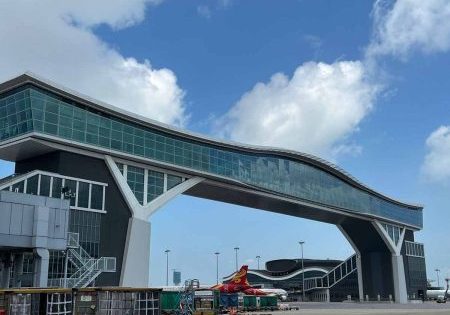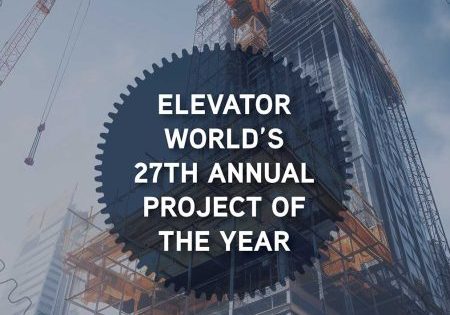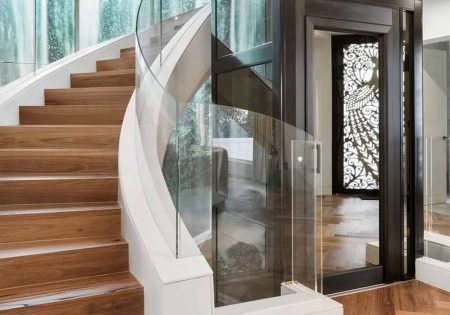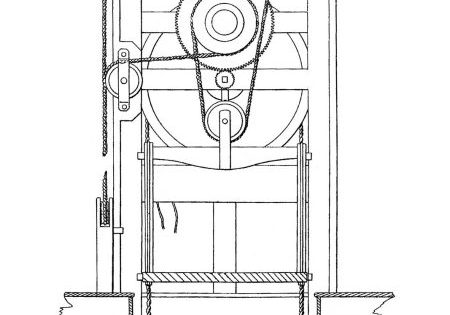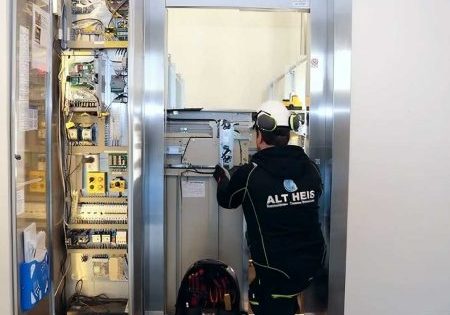Safety issues abound as Sweden has the oldest lift stock in Europe with rules just as old.
Over the last few years, there have been several lift accidents in Sweden. Some of these accidents have, sadly, resulted in fatalities. The risks are particularly high with older lifts in residential dwellings, but there have also been serious accidents on construction sites and with lift engineers and installers going about their daily work. Many of the accidents could have been avoided had basic safety measures been in place.
The Swedish Association of Lifts and Escalators wrote a report in 2020 titled Safety risks with older elevators, which covers the current risks and proposes measures and changes to rules and regulations to increase safety. The distinction between old and new lifts depends on the installation year being before or after 1991. (Platform lifts were not included in this report.)
The report states that there are partly historic reasons for today’s lack of safety in many lifts. Sweden has the oldest lift stock in Europe with more than half of all lifts being more than 30 years old. An old lift wouldn’t necessarily be a problem, but in Sweden, the rules that were valid when the lift was originally installed are the only ones that the building owner needs to adhere to. So, if a lift was installed 100 years ago and is still in use, the building owner only needs to adhere to the rules of 100 years ago — a completely different era in terms of lift safety. As the report says: Both the lifts and the regulations are ancient. Many other countries in Europe have updated their lifts in line with the European Commission’s recommendations from 1995.
Another contributing reason to the existence of the old lift stock is that the decision to modernize a lift lies solely with the building owner. As this requires a certain financial investment, it often results in old lifts remaining in use. If a building owner does decide to modernize the lift, e.g., the lift drive, machinery or the interior of the lift, then the rules of the Swedish National Board of Housing, Building and Planning indicate that the safety equipment of the lift must be improved. However, if a building owner does not modernize the lift, there is no general requirement to improve safety measures. The one exception is the requirement to include protection where there is a large space between the car door and the lift door, with risk of entrapment. This affects approximately 5,800 lifts.
There are stricter rules imposed on lifts in offices and other commercial buildings as opposed to buildings for residential use. A rule was put in retroactively that lifts in workplace buildings must have safety protection in the opening of the car door. For lifts in residential buildings, it is currently enough to put up a sign warning passengers about the risks of transporting goods in the lift. The requirements to improve safety in workplace buildings were driven by the Swedish Work Environment Authority, whereas any similar requirements for residential buildings were strongly opposed by building owners.
The report states further that most accidents, therefore, tend to occur in old lifts in residential buildings. The association estimates there are at least 26,000 lifts that either lack an inner door completely or have old style doors, such as a scissor gate, that can lead to items of clothing, bags or even body parts being caught. Often, two-way communication emergency phones are missing. An “alarm bell” may ring in the building where the lift is located in case of problems, but without it being connected to any alarm center, unnecessary time is often wasted before any help is offered.
It is often in residential buildings that the most vulnerable categories of passengers such as children, the elderly and people with disabilities spend most of their time. There have been several serious accidents where children have ended up getting caught in lift doors, resulting in severe injuries. Older people and anyone with mobility issues can struggle when the car door is not precisely aligned with the level of the floor, resulting in potential accidents. Residential lifts are often used to move furniture and other bulky goods, which is yet another risk if there is no protection in the car opening. Transported goods can end up caught in the shaft and crush any passenger(s) inside the lift. Pets are often also injured in residential lifts. Not only are there many potential safety risks, but with lifts being dangerous or out of action, some people cannot participate in society.
Further, there have been no coordinated statistics around accidents and serious near misses in residential buildings in Sweden. A building owner should report any lift accidents to the local building committee, but there is no centralized system for handling any locally reported data. There is no reporting duty toward the lift company whose lift it involves, either. In other words, there is no overview available of the situation. The reporting and documenting of lift accidents is one area that the association has been working on proactively for many years. Although the association asks its members to report all accidents and near misses they become aware of, the association believes that many accidents are not brought to members’ attention and are therefore left unreported, resulting in a large “hidden” number.
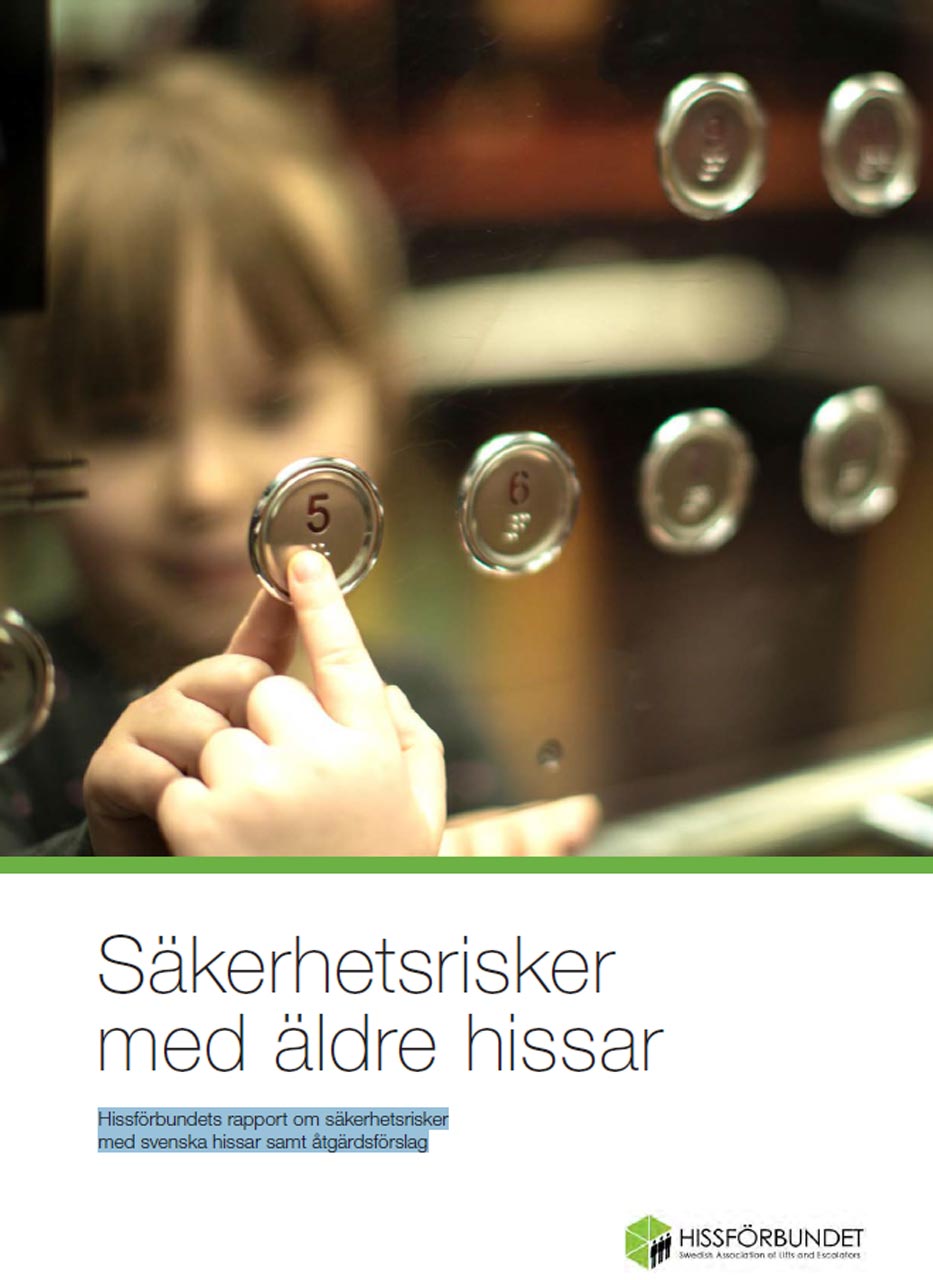
Stricter rules for workplaces and other commercial buildings have led to positive results — it is time to raise safety also in residential buildings.
— Sara Berggren, secretary general, Swedish Association of Lifts and Escalators
In addition to providing various forums for members to inform about accidents and mishaps to reduce the risk of recurrence, the association also works proactively to promote lift safety. This work targets all lift passengers (adults and children) and lift installers, as well as building owners. The association provides training, seminars, educational videos, etc., related to lift safety.
The association has also developed informational materials about safety risks for its members to use. These are fact-based information and warning sheets that can be handed out to building owners and housing associations when any member comes across a lift with safety risks.
The association believes rule changes are needed to increase safety and prevent accidents. Although a much-needed law was passed in 2023 about including protection in all old lifts between the shaft door and the car door where there is a large space and risk of entrapment for children in particular, the government is only requiring this to be put in place by October 1, 2031. Thanks to the report from the association and their lobbying, the Swedish National Board of Housing, Building and Planning, a government agency, was given the task to examine all the risks with old lifts. Sadly, it took a fatal lift accident involving a child before the government decided to put some of the National Board’s recommendations into law.
As the report also states, there are existing technical solutions that would increase safety considerably and help prevent most accidents. The Swedish Association of Lifts and Escalators is lobbying for standard safety measures to become a legal requirement. For passenger lifts: installing car doors when missing, replacing scissor gates with solid doors, installing two-way communication emergency phones and installing photocells to prevent crush injuries between car door and shaft door, as well as covering all electrical equipment properly.
Lift installers often end up working under dangerous conditions when repairing old lifts that lack vital safety equipment. From their viewpoint, the suggested requirements are to enable inspection runs from the top of the lift car; lights in the lift shaft; official signage to indicate low top and/or low pit; protection against moving parts; protection against electrical components in the machine room; and slip-free ladders in lift pits.
Among other requirements are to clarify the definition of “upgrading the interior” when modernizing a lift to ensure that safety equipment gets installed. Financial support for building owners could help increase the number of lifts that are modernized, and therefore improved, from a safety point of view.
Another requirement is to clearly signpost in lifts that pets are to be kept on a short lead and kept away from the door area while riding the lift.
The association is also asking the Swedish National Board of Housing, Building and Planning to update its standard requirements of existing lifts to be in line with European Union requirements.
Sara Berggren, secretary general of the Swedish Association of Lifts and Escalators, comments that it is absurd that the rules for lifts in residential buildings are less strict than in workplace buildings. Since the safety requirements were increased in workplace lifts, there have been no fatal accidents due to crush injuries. Berggren further says that the law that was passed in 2023 is a step in the right direction. However, this rule relates only to approximately 5,800 lifts where there is a large space between the car door and the shaft door. There are estimated to be around another 20,000 residential lifts where there is a complete lack of protection in the car door. “Stricter rules for workplaces and other commercial buildings have led to positive results — it is time to raise safety also in residential buildings,” Berggren said.
Swedish Association of Lifts and Escalators’ Aims
The Swedish Association of Lifts and Escalators includes companies from the whole lift industry value chain corresponding to 80% of the turnover of the lift industry in Sweden.
Among their aims are:
- To increase awareness among the general public about how to use lifts in a safe way and the risks that may occur when using a lift incorrectly.
- To ensure that lift engineers follow all rules and adhere to all safety regulations when working on lifts.
- To make sure that all accidents and near misses that occur are documented and investigated in order to avoid recurrences.
- To have Sweden’s rules and regulations updated in line with the European Commission’s recommendations regarding improving safety in existing lifts.
Get more of Elevator World. Sign up for our free e-newsletter.
